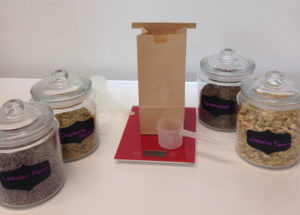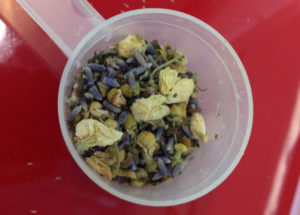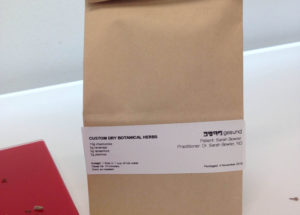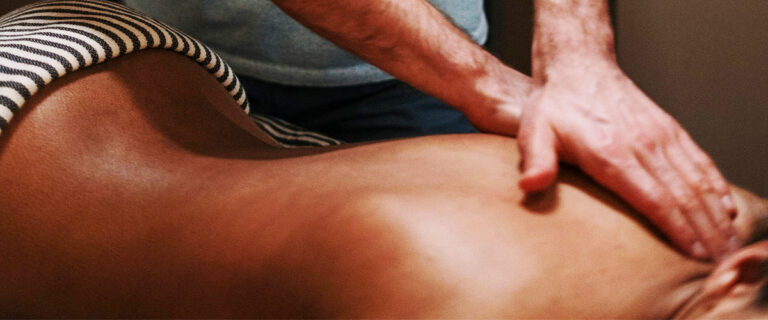Of course, when I say sad, I mean “seasonal affective disorder”!
There are a lot of lovely things about this time of year. It gets colder and darker, so there are plenty of excuses to stay in and have a cup of tea and curl up with a book. It’s time to nurture yourself and take it easy. It’s time to bring the year to an end in the most empowering way and to think about what you want for the next year. It’s time to spend quality time with loved ones.
But it’s also a time when a lot of us start to struggle with our mood. Seasonal affective disorder (also called SAD) is a type of depression that is triggered by the changing seasons of the year. The most common type of SAD is called winter-onset depression. Symptoms usually begin in late fall or early winter and go away by summer.
Not everyone who has SAD experiences the same symptoms. Common symptoms of SAD include the following:
- A change in appetite, especially a craving for sweet or starchy foods
- Weight gain
- A drop in energy level
- Fatigue
- A tendency to oversleep
- Difficulty concentrating
- Irritability and anxiety
- Increased sensitivity to social rejection
- Avoidance of social situations and a loss of interest in the activities you used to enjoy
- Feelings of guilt
- Feelings of hopelessness
- Physical problems, such as headaches
How can you treat winter depression?
There are several things you can do to help prevent and treat seasonal affective disorder. See how many you can incorporate into your daily routine.
- Light therapy: Research shows that light therapy is beneficial in seasonal affective disorder. Light from a light box that is 3,000 lux and higher can help with symptoms, and the higher the intensity of the light, the better. These types of lamps can be purchased online or in many stores. Spend 15 – 30 minutes per day in front of the light source to effectively boost mood.
Another option to help waking up in the winter is to use a “wake-up lamp”. These simulate dawn by gradually getting brighter until your scheduled wake-up time.
- Vitamin D: Studies have shown that Vitamin D can have a positive impact on depressive symptoms. Exactly how vitamin D works in the brain isn’t fully understood. One theory is that vitamin D affects the amount of chemicals called monoamines, such as serotonin, and how they work in the brain. Many anti-depressant medications work by increasing the amount of monoamines in the brain. Therefore, researchers have suggested that vitamin D may also increase the amount of monoamines, which may help treat depression. Vitamin D is naturally produced in the skin when exposed to the sun. However, in the winter, we do not get exposed to enough sun to maintain healthy vitamin D levels, so it is necessary to supplement vitamin D.
How much Vitamin D should I take? This table shows the recommended doses from three different resources. You can see the recommended dose varies. Consult one of our naturopathic doctors if you would like to know what is best for you.
| Recommended daily intakes from various organizations: | |||
| Vitamin D Council | Endocrine Society | Food and Nutrition Board | |
| Infants | 1,000 IU/day | 400-1,000 IU/day | 400 IU/day |
| Children | 1,000 IU/day per 25lbs of body weight | 600-1,000 IU/day | 600 IU/day |
| Adults | 5,000 IU/day | 1,500-2,000 IU/day | 600 IU/day, 800 IU/day for seniors |
- Stay warm: Wear warm clothes, drink warm drinks and eat hot food. Have more stews, soups and casseroles and fewer salads in the winter.
“Have more stews, soups and casseroles and fewer salads in the winter.”
- Get outside. Go for a walk as often as you can, preferably in the daylight. Being cooped up indoors can contribute to feeling low and unmotivated, and the light exposure being outside can help.
- Take up a new hobby: Personally, my favourite activities are paint-by-numbers and puzzles. Other ideas are adult colouring books, knitting, cooking and yoga, but try whatever floats your boat! This makes being indoors more bearable and keeps the brain active.
- Make yourself a nourishing and mood-lifting herbal tea. Like I did! I included chamomile flowers and lavender flowers for their calming and nurturing effects, and jasmine and spearmint for flavour. It’s delicious and makes me feel good. Isn’t it pretty?



Our gesund shop offers a variety of herbal teas, measured and mixed per order. Our Naturopathic doctors can help you with the right combinations for your own mood-lifting tea.
References:
http://www.vitamindcouncil.org/about-vitamin-d/how-do-i-get-the-vitamin-d-my-body-needs/
http://www.techradar.com/news/best-sad-wake-up-lamps-beat-those-winter-blues



